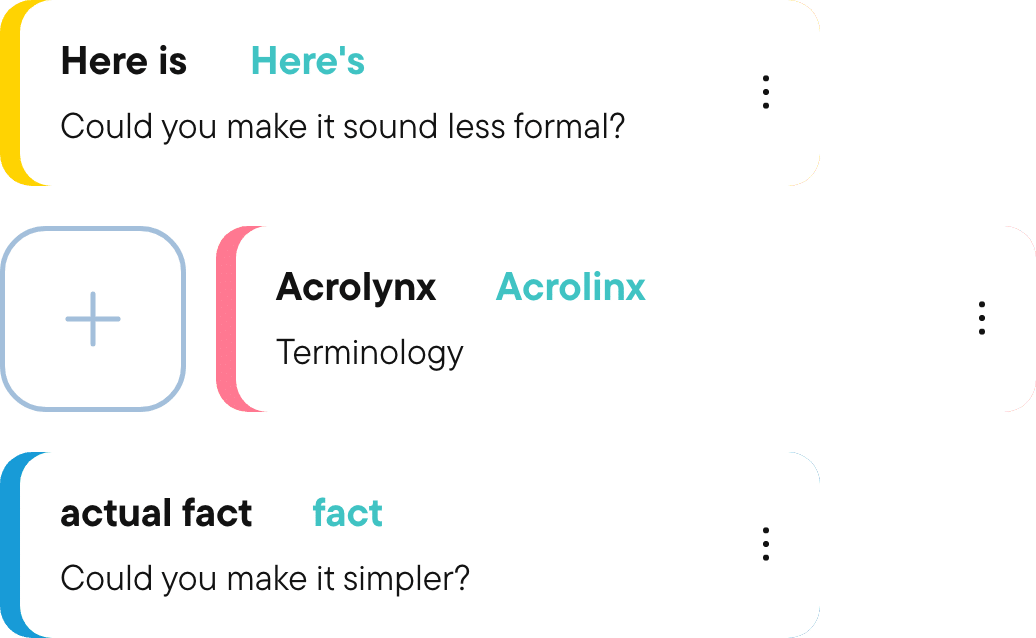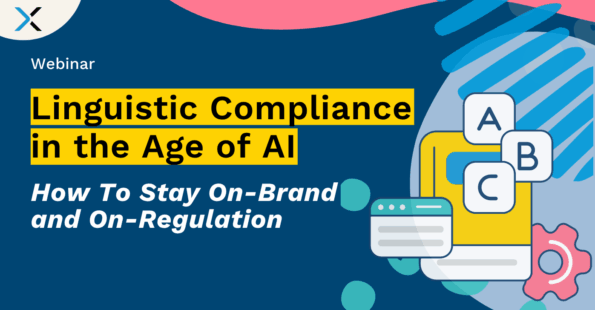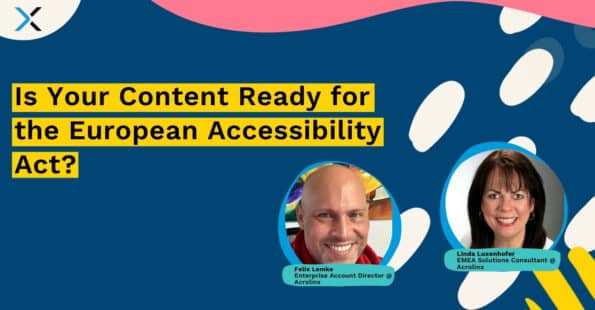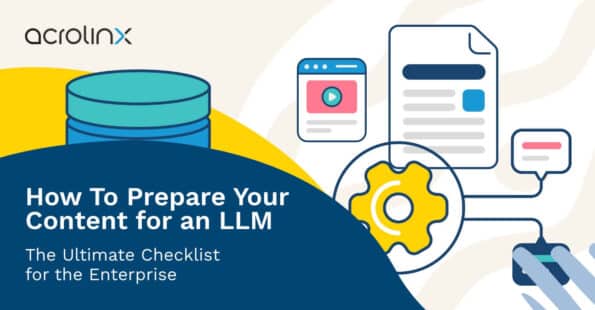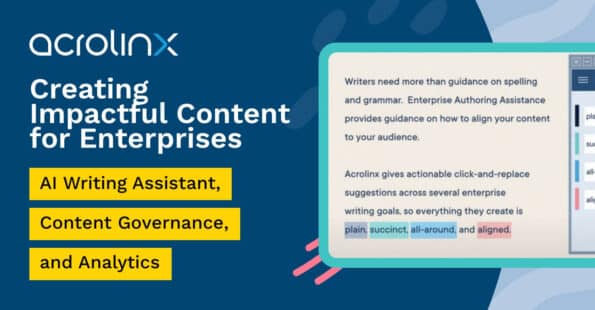Elevate your knowledge & skills
Check out our latest eBooks, reports, webinars, and guides — hot off the press!
Reports
AI And The Future Of The Content Supply Chain
Get insights from the Acrolinx report that asked Fortune 500 companies about AI and the future of the enterprise content supply chain.
Generative AI In Business: A Snapshot of Enterprise Use, Risk, and Regulation
What does responsible AI in the enterprise look like? Learn about the risks, regulations, and responsible use of generative AI in business.
Case studies
Siemens Healthineers
How Acrolinx Helps Siemens Healthineers Create Better Content Faster
How Siemens Transformed Terminology Management to Create Customer-Oriented Manuals
How Acrolinx’s AI helps Siemens Power Generation Services maintain consistent company language in customer-oriented manuals.
Ready for content success?
See how our AI capabilities help you create and maintain high-quality content in our demo.
